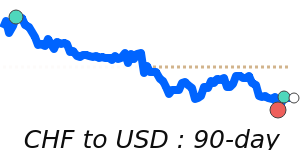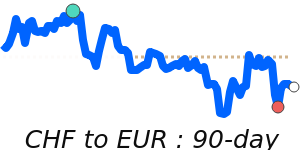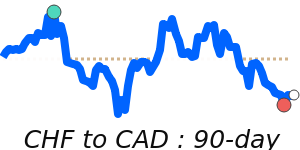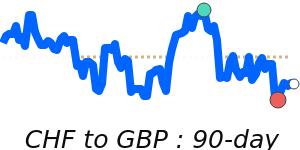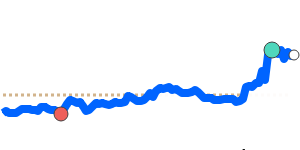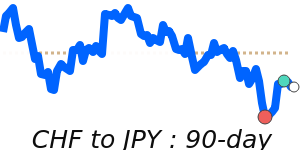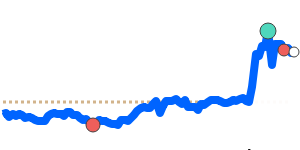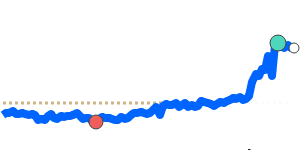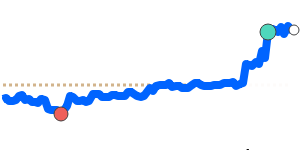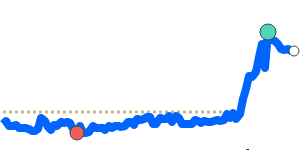In recent weeks, the Swiss Franc (CHF) has shown resilience against the backdrop of challenging economic conditions. The Swiss National Bank (SNB) decided to maintain its policy rate at 0% on December 22, 2025, reflecting caution amid ongoing global trade tensions and persistent deflationary pressures. The recent inflation rate has remained stagnant at 0.2%, leading the SNB to contemplate additional easing measures to combat low inflation and support economic stability.
The International Monetary Fund (IMF) has flagged external risks posed by geopolitical uncertainties and trade disputes, which could exert additional pressure on Switzerland's economy and influence the CHF. One key factor potentially strengthening the franc is speculation surrounding a forthcoming reduction in US tariffs on Swiss exports, anticipated to drop from 39% to 15%. This shift could bolster the CHF, especially in light of the precarious impact the previous tariffs had on Swiss exports and the broader economy.
Market data shows the CHF to USD exchange rate currently stands at 1.2671, sitting 1.3% above its three-month average of 1.2512, with recent trading confined within a stable range. The CHF to EUR rate is 1.0763, close to its three-month average, while the CHF to GBP is slightly below its average at 0.9386. Notably, the CHF to JPY is trading at 90-day highs near 198.4, reflecting a robust performance particularly against the Japanese yen.
Analysts point out that the CHF has managed to trade relatively stable over the past three months. The minor fluctuations in these key currency pairs suggest that while immediate concerns remain regarding external pressures, the CHF may continue to be bolstered by anticipated trade developments. For individuals and businesses engaging in international transactions, keeping an eye on these emerging factors could present opportunities for favorable exchange rates.
